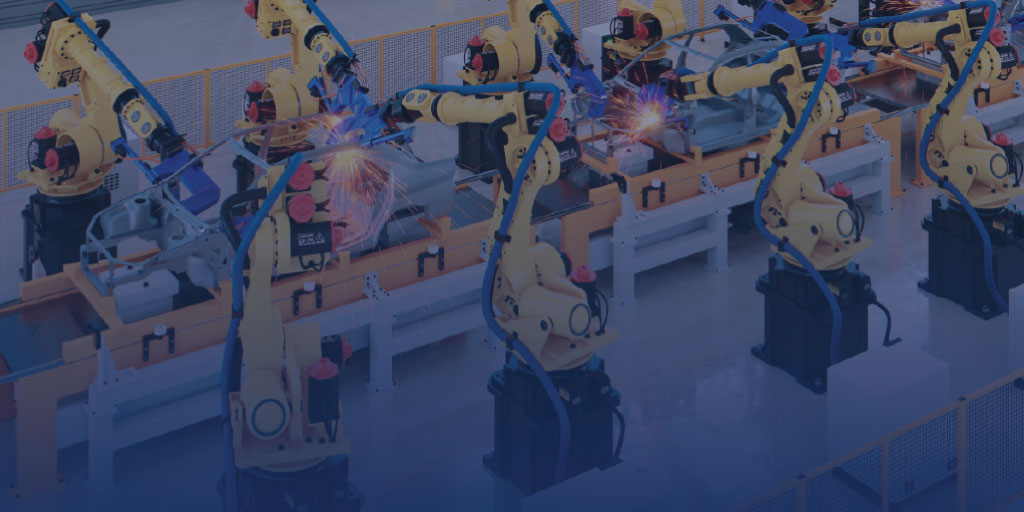Automation engineering is becoming a popular option for the global supply chain. Here are 5 factors impacting demand for supply chain automation processes.
Supply chain automation is sweeping logistics centers on a global scale, removing the human work from warehouses while streamlining manufacturing processes. The current pandemic has only urged automation to the forefront of most long-term strategic business planning. Specifically, automation engineering is helping businesses keep their supply chains running while ensuring employees’ safety.
“Since COVID, we have seen an uptick in companies coming back to robotics,” says Guy Courtin, Director of Partners and Alliances of 6 River Systems. “It helps in a time of reduced labor and enables labor to stay 6 feet apart in warehouses.”
By the end of 2020, only 17% of companies will not be utilizing some form of supply chain automation – down from 40% in 2016.
We can expect this demand trend to continue past 2020 as well. Before the pandemic, a McKinsey report projected that up to 30% of jobs in the U.S. would be automated by 2030. China is already expecting to automate 12.5 million manufacturing jobs by 2030. Here’s why.
5 factors contributing to the automation engineering demand
1. It creates safer work environments.
Typical warehouse conditions are dangerous. They too often lead to employee injuries and headaches for businesses. Employees working in logistics centers encounter numerous hazards every day, including physical strain, falling objects, and exposure to harmful substances. This doesn’t include the chance they might slip, trip, or fall throughout the warehouse.
Implementing automation processes removes all these risks associated with warehouse working environments by replacing most human interaction with automated robots. “[Robots] can pull heavy cars and can be used where there is a lot of time wasted for walking for workers,” says Courtin.
2. It allows for social distancing.
Supply chain businesses are starting to turn to smart manufacturing in their efforts to prevent their employees from getting sick. Automated processes allow for fewer employees in production, so they can work from a safe distance and have fewer interactions with other employees.
3. It eliminates possible errors.
The fact is, humans make mistakes. According to a recent report, automated engineering can increase accuracy in orders by up to 99%, significantly reducing most errors from logistics operations.
4. It reduces costs and saves time.
Compared to standard supply chain processes, automation engineering comes with significantly lower costs, which minimizes the bottom line and maximizes profit. Recently, the International Federation of Robotics reported that the costs of robots have decreased and continue to fall as the widespread adoption of automation processes continues on a global scale.
Automation engineering saves time, too. As an example, “[Robots] have reduced a multiday programming operation down to a 20-minute task,” says Universal Robots’ Joe Campbell. Human travel to and from picking an order alone can also account for more than 50% of picking time.
5. It allocates focus on thought-provoking projects.
By improving standard manufacturing processes with streamlined automation engineering, employees can spend their time on higher-level tasks and projects that require human intelligence. Simultaneously, smart manufacturing replaces more tedious tasks in warehouses, maximizing production efficiency in the supply chain and in the office.
Automation engineering is proving to be a light during unprecedented times, keeping warehouse operations running while ensuring employees’ safety. Although the pandemic contributes significantly to the current demand, we can expect these automation processes to stay and continue to be globally adopted throughout 2020 and beyond.
Related posts:

